As a teacher looking to upgrade your home, you may face the challenging decision of whether to buy or sell first. This common dilemma affects many Australian educators who want to secure their next property without the uncertainty of selling their current home. Bridging loans offer a practical solution that can bridge the gap between buying a home and selling a home.
Understanding Bridging Loans
A bridging loan is a short-term loan designed to help you purchase a new property before settling the sale of your existing home. These loans typically have a loan term of 6 to 12 months to sell your existing property, or up to 12 months if your new property is being built.
For teachers, bridging loans provide the flexibility to:
• Secure your preferred property in competitive local property markets
• Avoid temporary accommodation costs
• Take time to prepare and market your current home properly
• Move directly from one home to another
How Bridging Loans Work
The structure of a bridging loan involves two key components:
Peak Debt: This represents the maximum loan amount when you own both properties. It includes the contract purchase price of the new home plus any remaining debt on your existing property.
End Debt: This is your loan balance after selling your current property, which typically converts to a standard home loan or investment loan.
Mortgage brokers can access bridging loan options from banks and lenders across Australia, helping you find suitable terms for your financial situation.
Interest Rates and Costs
Bridging loan rates are generally higher than standard home loans due to their short-term nature and increased risk. You'll encounter both variable interest rates and fixed interest rate options, depending on the lender.
Key cost considerations include:
• Higher interest rates compared to standard home loans
• Interest capitalisation during the bridging period
• Potential lenders mortgage insurance (LMI) requirements
• Stamp duty on the new property
• Legal and valuation fees
Some lenders offer interest rate discounts for professionals, including teachers, which can help reduce overall costs.
Calculating Your Borrowing Capacity
Lenders assess your borrowing capacity based on your ability to service both loans simultaneously. They consider:
• Your teaching salary and employment stability
• Existing debts and expenses
• The loan to value ratio (LVR) across both properties
• Your credit history and financial commitments
As a teacher with stable employment, you may qualify for professional package benefits that can improve your borrowing capacity and loan terms.
The Application Process
Applying for a bridging loan requires thorough documentation. The streamlined application process typically involves:
- Initial Assessment: Review your financial situation and property values
- Loan Application: Complete detailed application forms
- Documentation: Provide bank statements, payslips, and property contracts
- Valuation: Professional assessment of both properties
- Approval: Final loan approval and settlement arrangements
Getting pre-approved can strengthen your position when making offers on properties. Loan pre-approval gives you confidence in your budget and demonstrates serious intent to vendors.
Managing Your Bridging Loan
During the bridging period, you'll typically make interest-only payments on the additional borrowing. Many lenders offer offset account facilities to help reduce interest costs.
Successful management involves:
• Marketing your existing property promptly
• Maintaining clear communication with your mortgage broker
• Monitoring market conditions and pricing strategies
• Preparing for the transition to your standard home loan
Is a Bridging Loan Right for You?
Bridging loans suit teachers who:
• Have sufficient equity in their current property
• Can service higher temporary repayments
• Need to secure a specific property quickly
• Want to avoid the stress of coordinating simultaneous settlements
However, consider the risks including higher interest costs, market fluctuations, and the pressure to sell within the loan term.
Working with Mortgage Brokers
Experienced mortgage brokers understand the unique needs of teachers and can access a wide range of bridging loan options. They help you:
• Compare products across multiple lenders
• Structure the loan appropriately
• Manage the application process efficiently
• Transition to permanent financing
At Teacher Loans, we specialise in helping educators achieve their property goals through appropriate financing solutions.
Bridging loans can provide the financial flexibility teachers need to move between properties confidently. While they involve higher costs and some risk, the benefits often outweigh these factors when used strategically. Professional guidance ensures you make informed decisions that align with your long-term financial objectives.
Call one of our team or book an appointment at a time that works for you to discuss how a bridging loan could help you secure your next home.



